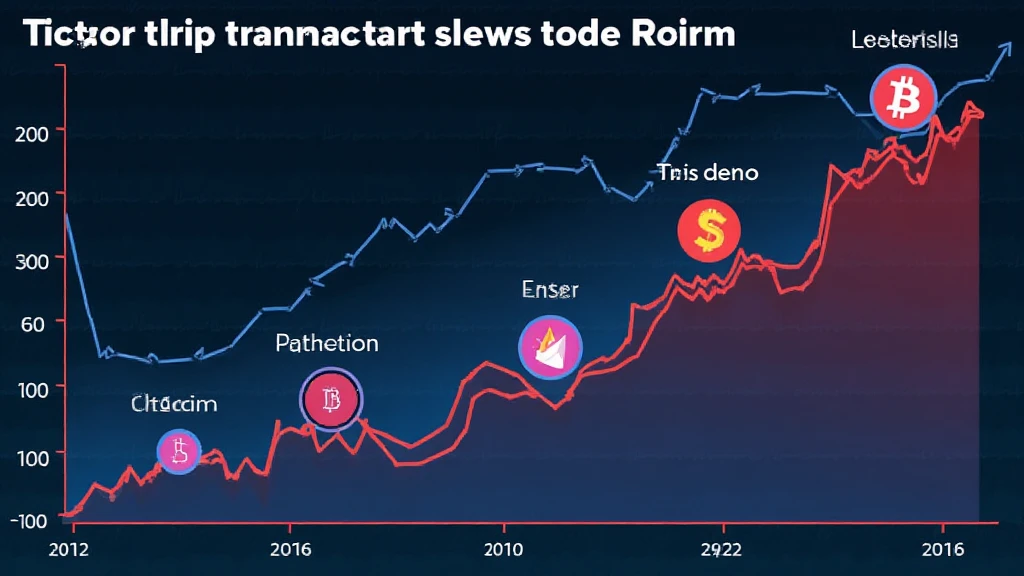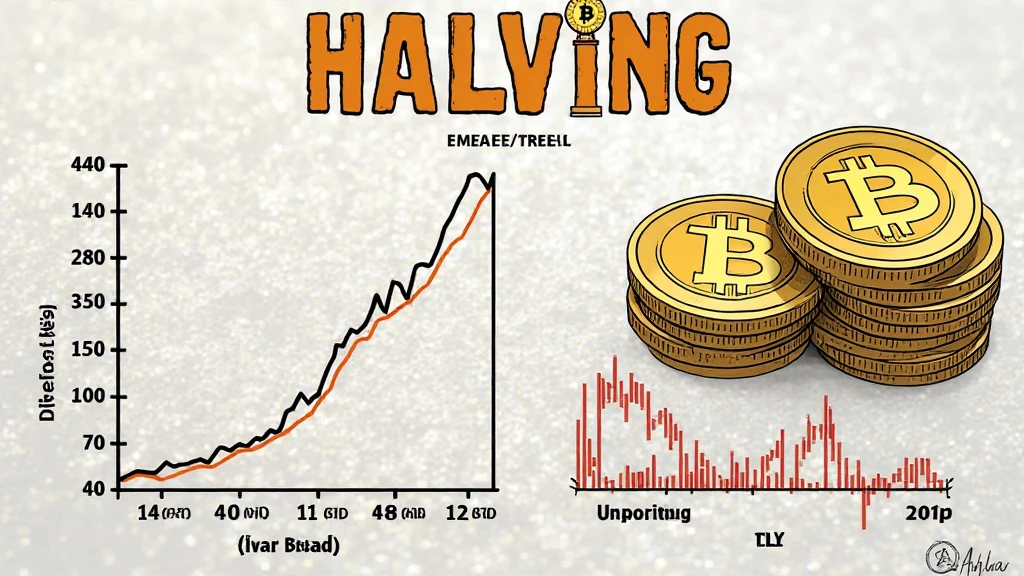Introduction: The Speed of Bitcoin Transactions
As of 2024, Bitcoin transaction speeds have become a hot topic amidst fluctuating market conditions. With $4.1 billion lost to DeFi hacks last year, the security of blockchain transactions is no longer a luxury but a necessity. Bitcoin’s transaction speed directly impacts its utility as a digital currency. So, how fast can Bitcoin really go, and what factors affect its speed?
The Mechanics of Bitcoin Transactions
To understand Bitcoin’s transaction speed, we must first delve into the mechanics behind it. Transactions on the Bitcoin blockchain typically involve a multi-step process that fundamentally hinges on the mining network. Here’s a breakdown:
- Transaction Creation: Users initiate transactions by signing them with their private keys.
- Propagation: Transactions are distributed through the Bitcoin network, where miners validate them.
- Mining: Miners package transactions into blocks, which are then added to the blockchain.
Block Time and Size Limitations
Bitcoin’s block time averages roughly 10 minutes, which can either speed up or slow down transaction confirmations, depending on the network load. If too many transactions occur at once, users experience delays, akin to a traffic jam on a busy freeway. Here’s some data illustrating transaction speed metrics:

| Year | Average Transactions Per Second |
|---|---|
| 2020 | 3.5 |
| 2021 | 4.6 |
| 2022 | 6.0 |
| 2023 | 7.5 |
Factors Affecting Bitcoin Transaction Speed
Several key factors influence the speed of Bitcoin transactions:
1. Network Congestion
High transaction volumes can slow down the entire network. When the number of pending transactions surges, miners prioritize those with higher fees due to economic incentives.
2. Miners and Fees
The fee structure is crucial in determining transaction speed; higher fees often lead to faster confirmations. If users are unwilling to pay higher fees, their transactions may linger unconfirmed for longer periods.
3. Transaction Size
Bitcoin transactions vary in size, with larger transactions taking longer to confirm. Thus, optimizing transaction size can significantly enhance speed.
Improving Bitcoin Transaction Speed
As the demand for faster transactions grows, several solutions have been proposed and implemented:
1. Lightning Network
The Lightning Network allows for off-chain transactions, facilitating faster micropayments and easing congestion on the primary blockchain.
2. Segregated Witness (SegWit)
SegWit improves transaction efficiency by altering the data structure, allowing more transactions to fit into each block.
The Future: What Lies Ahead for Bitcoin?
With emerging technologies and market trends, the future of Bitcoin’s transaction speed looks promising. Industry experts predict substantial growth in user adoption:
- **Vietnam’s user growth rate** in cryptocurrencies stands at 33% annually, indicating rising awareness and demand.
- **Global mining technology** advancements will lead to quicker transaction processing capabilities.
Conclusion: The Road Ahead
In conclusion, the transaction speed of Bitcoin plays a pivotal role in its viability as a digital currency. Understanding the elements that affect it provides insights not only for investors but also for everyday users. As Bitcoin continues to evolve, keeping up with technological advancements—like the Lightning Network—could revolutionize how transactions are carried out in the digital economy.
Since Bitcoin’s early days, its blockchain has paved the path for numerous innovations in digital finance, impacting markets worldwide, including Vietnam. As we look forward to 2025, remaining informed about transaction speeds and the evolving landscape will be crucial for users and investors alike.
Remember, this isn’t financial advice, so consult with local regulators before making any substantial crypto decisions!





